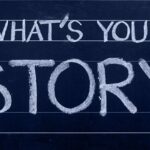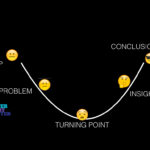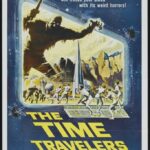Associations and businesses alike are recognizing the power of stories to communicate important information as well as inspire their audiences to action. But what makes stories effective? And how do we tell them with purpose so that they achieve the desired result?
Continue readingWhy Diversity is Good for Your Organization’s Media Content
If your association or organization creates regular media content you may have faced the problem of finding fresh, relevant and interesting topics and stories for your industry. I used to be in charge of all news content on a national broadcaster so I know the feeling. For us it was particularly challenging, because all of […]
Continue readingAdd Suspense to Your Stories to Grab Attention Hitchcock-Style
If you’re looking to get your audience’s attention, one of the best ways to do it is to add suspense to your story. Click here to check out the video or you can continue reading Many people confuse the idea suspense with surprise. Here’s the difference between the two, as well as the biggest tip […]
Continue readingWhat All Storytellers Can Learn From George Lucas
Today I want to look at what speakers and storytellers can learn from filmmaker George Lucas of Star Wars fame. Now Lucas is a millionaire hundreds of times over and this is largely due to his success with the Star Wars Franchise. The stories within the Star Wars franchise aren’t all that great. But today […]
Continue readingStorytelling and the Brain – Video
Storytelling is a great way to influence and sell because of it’s impact on the brain. Storytelling and the Brain is a new video by Jason Reid.
Continue readingThe Key to A Great Story is in the Details.
Whether you’re speaking to sell, telling a client story, or doing a keynote presentation – the key to making a good story great is in the details. Here’s why. Good stories are a form of virtual reality. They allow your audience to step into the main character and feel what she feels. Anyone who has watched a […]
Continue readingSpice up Your Story with Time Travel
Typically, we tend to tell stories in chronological order. “First this happened, then this happened and then this other thing happened.” What great storytellers often do is break that time barrier. They’ll start with the most exciting or emotionally engaging scene they can. Then after they play that out, they flash back in time to […]
Continue readingCreate Tension for Better Stories
The lifeblood of any great story is tension. If you recounted a time where you woke up and everything was lovely, every person got along, and no problems presented themselves, it wouldn’t really be much of a story. Of course the story doesn’t have to be negative to be effective. For instance, you could tell […]
Continue reading






